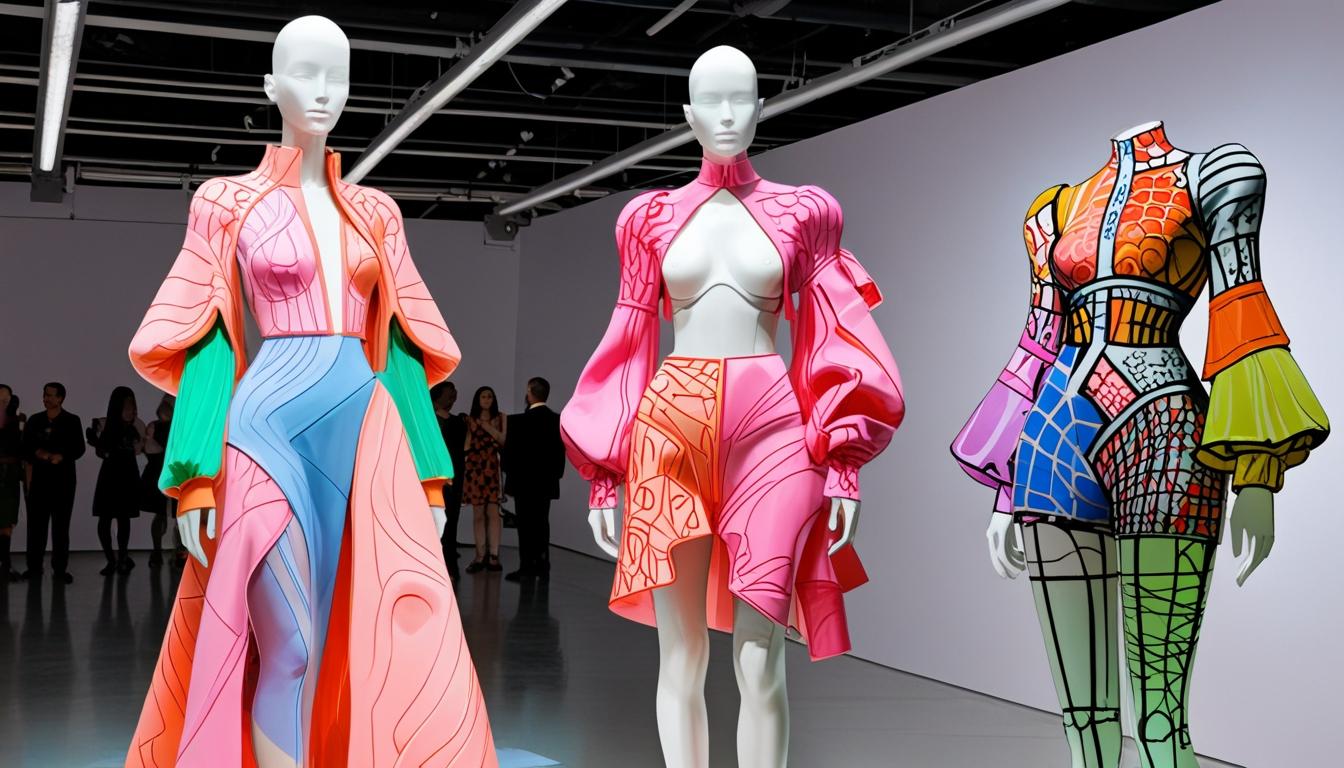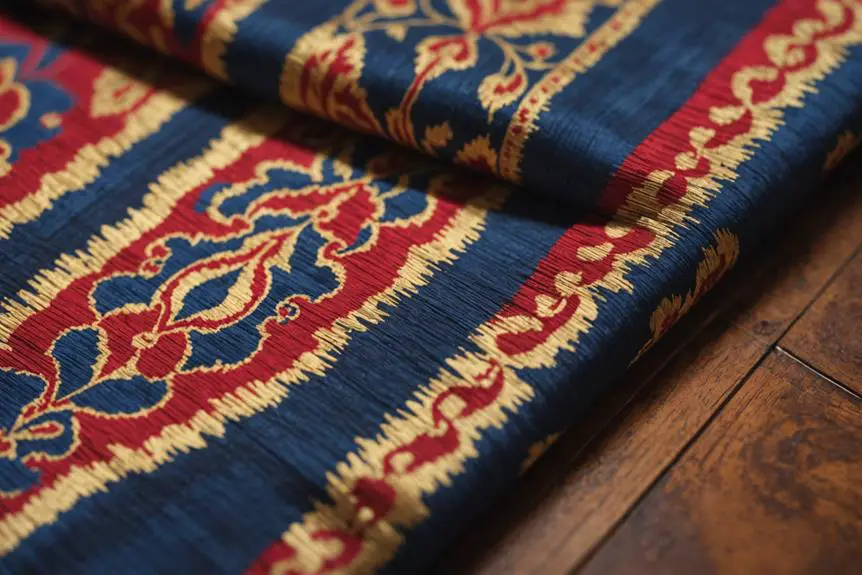The prestigious London art school highlights both established and emerging designers during its MA graduates’ exhibition, showcasing resilience and creativity in a challenging fashion landscape.
Central Saint Martins, a prestigious art and design school in London, is set to showcase a diverse array of talent during its MA graduates’ exhibition this week, emphasizing the institution’s long-standing influence on the fashion industry. The showcase includes 14 independent alumni from various generations, among them noted designers such as Roksanda, Simone Rocha, Mark Fast, Ashish, and Richard Quinn. Newer talents like Paolo Carzana, Kazna Asker, Pauline Dujancourt, Jawara Alleyne, Charlie Constantinou, and Yaku are also included, reflecting a rich tapestry of creativity. Additionally, emerging designers Steve O Smith, Stefan Cooke, and Derrick are generating buzz with their innovative lookbooks.
The course has been under the leadership of Fabio Piras for the past decade, following in the footsteps of the late professor Louise Wilson, both esteemed alumni of Central Saint Martins. The impact of the school is seen not only in its graduates but also in its significant representation within international luxury fashion houses, with figures like Kim Jones holding notable positions.
Piras acknowledged the challenges facing the current cohort, specifically the class of 2025, as they prepare to navigate a challenging fashion landscape. “What is the value of even a top-notch fashion education when graduating into a bleak world and a very tough time for independents, and facing a risk-averse industry?” he posed, touching on the uncertain climate for aspiring designers.
Amid these hurdles, Piras emphasized a collective philosophy among students that revolves around pursuing their authentic selves. The current generation of graduates is tackling contemporary issues such as artificial intelligence integration in design, a pushback against feminist movements, and the importance of cultural representation, all while staying true to their creative visions. They are exploring the themes of emotional vulnerability and individuality, which may manifest in styles ranging from drapey minimalism to more expressive, fragmented forms of dress.
Reflecting on the inspiration behind the collections, Piras elaborated, “It’s a response to the life we live in the moment. So there is a lot of romantic attitude about a completely disastrous, shambolic situation. It’s very difficult to be positive and create, but creativity makes you positive by default, because that’s the most positive thing you can do. That’s what we’re trying to show.” He acknowledged that the students’ expressions would also include lighter, whimsical elements alongside serious commentary.
Finnish student Tuuli Tururen shared her artistic vision, focusing on the concept of femininity as depicted through her collection. “I wanted these characters being not afraid to just walk around. To create this new idea of a kind of femininity, where you can feel comfortable, still strong and powerful, but not necessarily so loudly,” she reflected.
In another innovative approach, students Alison Keogh and Kate Dewar engaged with artificial intelligence to generate inspirations for their collection. They fed the AI a variety of images featuring conventional menswear and challenged it to create new fabrics with unique colors and textures. “It doesn’t know what fabrics are. It was very difficult to do, but was definitely more interesting than we could have come up with. We liked this hyper-colored hyper-normativity,” they explained, illustrating the intersection of traditional design and modern technology.
This week’s exhibition not only showcases the artistic capabilities of Central Saint Martins’ graduates but also highlights their resilience in pursuing creativity amidst an unpredictable future for the fashion industry.
Source: Noah Wire Services




